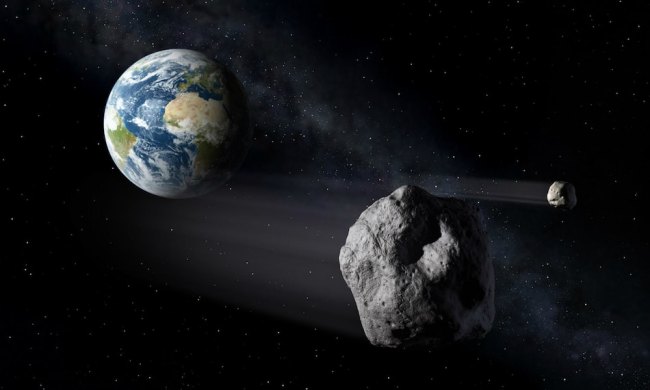An amateur astronomer has spotted a huge asteroid more than half a mile across, and it’s headed near Earth.
But there’s no need to panic. Asteroid 2020 QU6 will miss our planet by 25 million miles.
Even so, it will come close enough to be classified as a near-Earth object (NEO), defined as a body whose orbits comes within 1.3 astronomical units of the sun (an astronomical unit is the distance between the sun and the Earth).
What is slightly concerning is that no official space agency spotted this asteroid before amateur astronomer Leonardo Amaral saw it.
That’s because the major sky surveys are all based in the Northern Hemisphere, making is difficult to spot objects that are approaching the Southern Hemisphere. Amaral was able to see the asteroid as he was looking from an observatory in Brazil.

Amaral spotted the asteroid using the 0.3-meter reflector at the Campo dos Amarais observatory, which was recently upgraded thanks to a grant from the Planetary Society that is given to amateur astronomers tracking potentially dangerous space objects. This supports the work of space agencies on planetary protection, such as NASA’s upcoming Near-Earth Object Surveillance Mission (NEOSM), set to launch in 2025.
“This discovery reminds us that even though we’ve found most large NEOs, we haven’t found all of them,” Casey Dreier, chief advocate and senior space policy adviser for the Planetary Society, said in a statement. “We must continue to support ground-based astronomers and invest in new space-based capabilities like NEOSM in order to protect Earth now and in the future.”
There are regular news stories about asteroids heading for Earth, including a recent one about an asteroid expected to pass by Earth the day before the U.S. presidential election. But experts say that, despite the frequency of stories, there isn’t a problem with more asteroids. In fact, the number of surveys of the sky mean we’re more likely to spot them than before.
“In the news, we hear more and more frequently about asteroid discoveries, primarily because we are getting better at finding and tracking near-Earth asteroids,” Planetary Society Chief Scientist Bruce Betts said in the statement. “There aren’t suddenly more asteroids, we’re just getting better at seeing them.”



